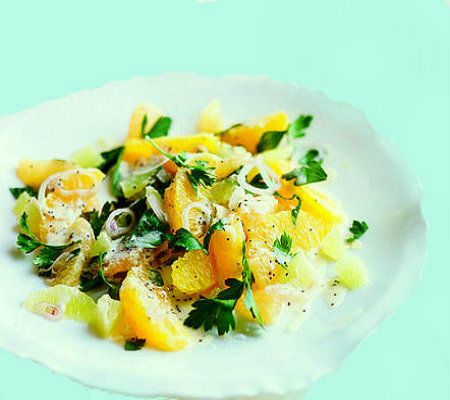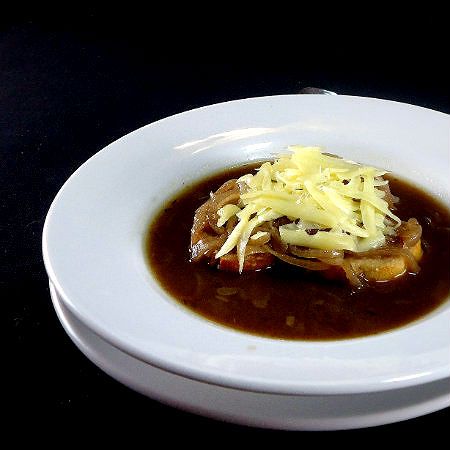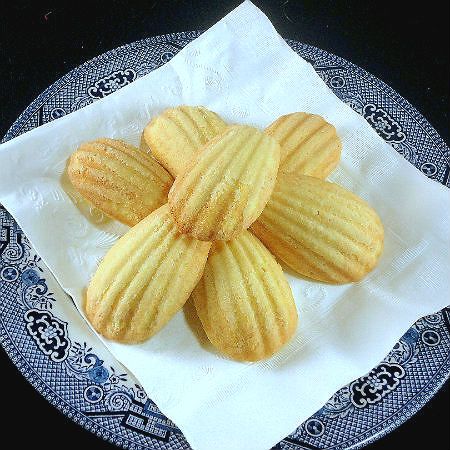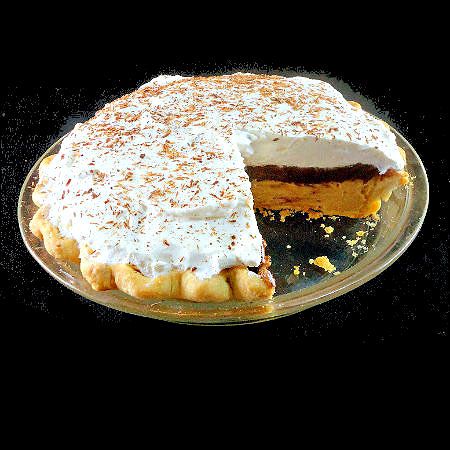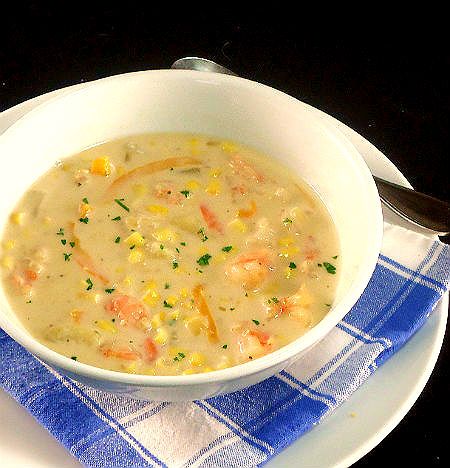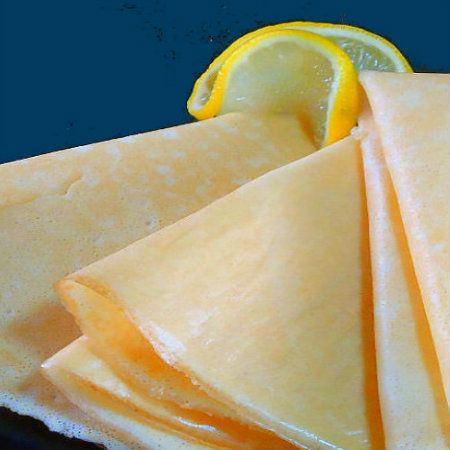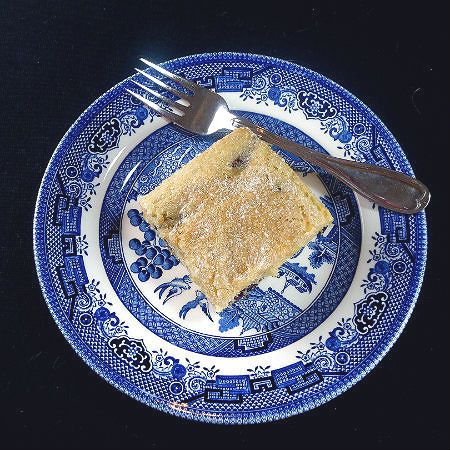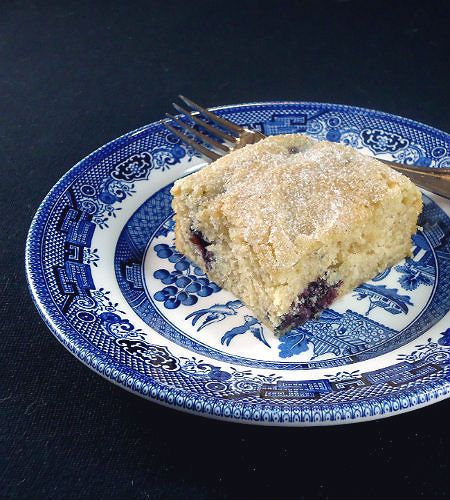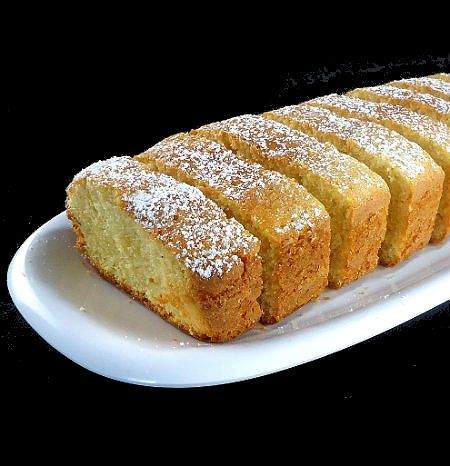
From the Kitchen of One Perfect Bite...This is a lovely dish to serve on a cold winter night. It combines the sweetness of apples with savory mushrooms, heady brandy and cream, and if you close your eyes very tightly, you might have visions of skipping through a Norman orchard at apple blossom time. My recipe is very loosely based on the classic bistro favorite, Poulet Vallee d'Auge, but it's much simpler to make. It was originally a slap-dash creation that I threw together for a family dinner back in the day when I was working and we still had a full compliment sitting at the table. I don't want to mislead any of you who have had the authentic dish. I've taken shortcuts aplenty, but I think even Francophiles will enjoy this quick and simplified version. The recipe is self-explanatory, but I wanted to share a couple of tips with you. Whenever I make this dish, I make it a point to have all the chopped ingredients the same size. While it may be a personal quirk, I don't like to mix strips and cubes in dishes such as this one. I think it makes even cooking very difficult and the finished dish looks confused. For quick braises such as this one, I like to use 1-inch cubes for everything save the shallots. While I prefer to use heavy cream or crème fraîche in the sauce, half-and-half can be used if you are concerned with fat grams and calories. Hard cider is used in most classic versions of this recipe. That can be difficult to come by at this time of year, so I use a combination of brandy and cloudy cider and that works pretty well. I also peel the apple cubes I use in the dish, but I add them in two parts, once when the chicken cooks and again when the chicken is re-warmed in the sauce. I suspect the reason those chefs of old did not peel the apples was to prevent them from dissolving in their long-simmering sauces. My two-step method uses half the apples for the sauce, while the remainder are used to add texture to the finished dish. This cooks very quickly, so watch it carefully to avoid overcooking the chicken. The chicken can be served with rice or noodles, but these days I prefer to serve it with potato pancakes or rösti. I think the potatoes add a lovely counterpoint to the sweetness of the chicken. I hope you'll give this uniquely flavored dish a try. Here's the recipe.
Norman Cider Chicken...from the kitchen of One Perfect Bite
Ingredients:
2 tablespoons vegetable oil
1/2 cup finely chopped shallots
1 cup quartered white mushrooms
1 large sweet apple, peeled and cut in 1-inch cubes to yield about 2 cups
1-1/2 pounds boneless, skinless chicken cut in 1-inch cubes
3 tablespoon brandy (preferably apple-jack or Calvados)
1 teaspoon powdered chicken bouillon
1 cup cloudy cider
1 teaspoon apple cider vinegar
1 teaspoon corn starch
1/2 cup heavy cream or half-and-half
1/4 teaspoon dried tarragon
Salt and pepper to taste
Directions:
1) Heat oil in a large saucepan over medium heat until it shimmers. Add shallots and cook, stirring, until they soften and color slightly, about 3 minutes. Add mushrooms and cook until they soften. Add half of apples and toss to coat. Sprinkle chicken with salt and pepper and turn heat to medium-high. Add chicken to pan and cook, stirring, until chicken is no longer pink, about 5 minutes. Remove pan from heat. Add brandy and return pan to heat. Boil until brandy nearly cooks away, about 1 minute. Transfer chicken mixture to a plate with a slotted spoon.
2) Add cider and chicken bouillon powder to pan and cook until mixture become syrupy, about 2 minutes. Return chicken and accumulated juices to pan. Dissolve cornstarch in cream. Add cream, tarragon, remaining apples and cider vinegar to pan. Bring contents of pan to a simmer, reduce heat and cook gently for 5 minutes longer or until chicken is heated through. Serve immediately. Yield: 4 servings.
One Year Ago Today: Braised Kale with Pasta
Two Years Ago Today: Chocolate Peanut Butter Torte



